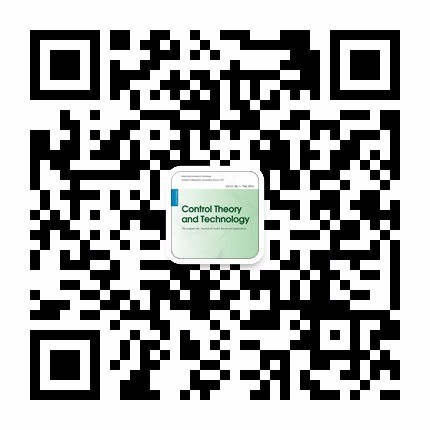| 摘要: |
|
| 关键词: |
| DOI: |
| Received:February 01, 2011Revised:February 01, 2011 |
| 基金项目: |
|
| Editorial |
| Wendong XIAO,Sajal K. Das,Haibin Yu,Chen Khong Tham |
| (Institute for Infocomm Research, Singapore;The University of Texas at Arlington, U.S.A.;Chinese Academy of Sciences, China;National University of Singapore, Singapore) |
| Abstract: |
| Wireless sensor network (WSN) is characterized by the dense deployment of sensor nodes that continuously observe
physical phenomenon. The main advantages of WSN include its low cost, rapid deployment, self-organization, and fault
tolerance. WSN has received tremendous interests of various research communities, and significant progresses have been
made in various aspects including sensor platform development, wireless communication and networking, signal and
information processing, as well as network performance evaluation and design. Such work has established good foundation
for the studies in WSNs.
The research and development of WSNs are stimulated by novel exciting applications. For example, WSNs, particularly
the wireless body sensor networks, make the old people/patient healthcare monitoring possible in smart home environments.
Such WSNs pose significant technological challenges on application-specific signal and information processing
algorithms having the severe network resource limitations such as node energy and wireless bandwidth. As a result, the
application algorithms should be resource constrained and the network resource management should be application-driven,
usually across multiple sensors and/or multiple network layers. To be scalable, such algorithms and protocols should also
be distributed in nature via node local processing and collaboration with limited information exchange to achieve complex
overall network goal.
This special issue is targeting on novel WSN applications and application-driven research and development to address
the above challenges. Totally 17 papers were selected from numerous submissions after carefully reviews, and are divided
into 3 categories. |
| Key words: Editorial |

